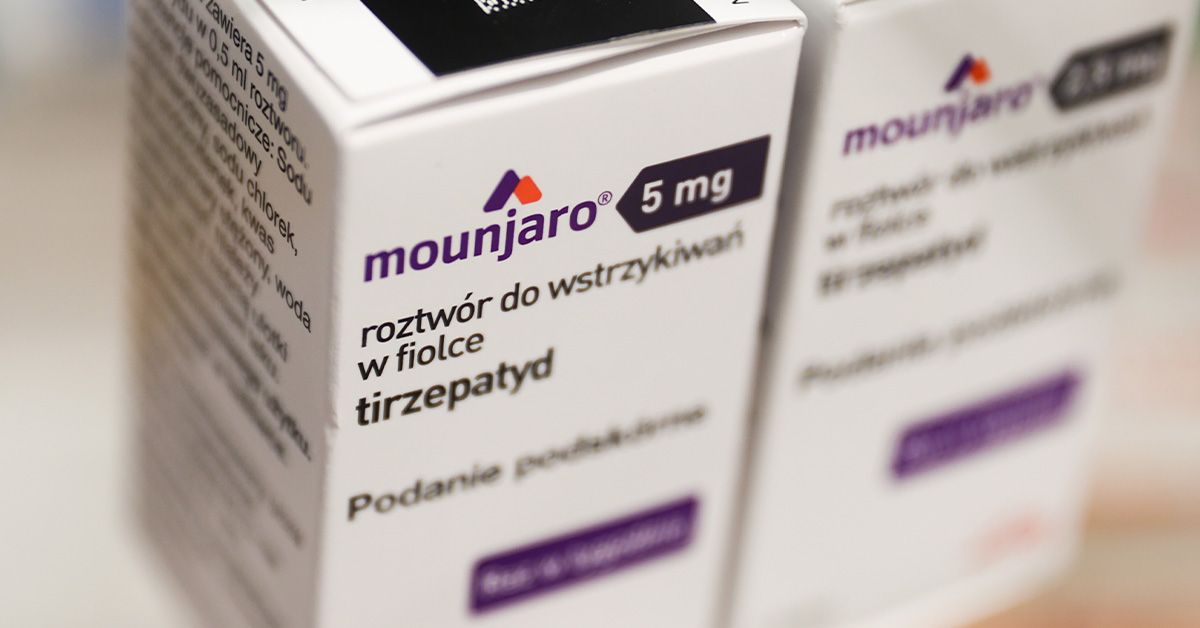Tirzepatide, a once-weekly GIP/GLP-1 receptor agonist, is a medication used for weight reduction in adults with obesity. A recent analysis of the SURMOUNT clinical trials shows that this medicine leads to significant weight loss when administered as a once-weekly injection. The analysis revealed that across all doses and trials, women lost up to 24.6% of their body weight compared to 18.1% in men, suggesting a potential sex-based difference in drug response. Obesity is a prevalent chronic health condition affecting approximately 650 million adults worldwide. Studies have shown that drugs targeting hormones such as GLP-1 can help people lose weight effectively and safely. GIP, another hormone, also plays a role in weight control, and a combination treatment targeting both GIP and GLP-1 receptors may be even more effective.
Tirzepatide is a new medication that works on both GIP and GLP-1 receptors and is already approved for treating type 2 diabetes. Early research indicated that it helped mice lose more weight compared to treatments targeting only GLP-1. Studies with people who have type 2 diabetes also showed promising results for weight loss. The SURMOUNT-1 trial examined the efficacy of tirzepatide for weight loss in individuals with obesity or overweight who do not have diabetes. Researchers conducted a post-hoc analysis of the SURMOUNT program to further investigate potential differences in how men and women respond to the treatment. These trials included four clinical trials (SM-1 to SM-4) and involved 4,677 adults with obesity, of which 2,999 were women and 1,678 were men.
The analysis showed that a weekly injection of tirzepatide led to substantial weight loss for both men and women, with women experiencing greater reductions in weight. The findings, presented at the Annual Meeting of the European Association for the Study of Diabetes, compared tirzepatide to a placebo over 72 to 88 weeks. Logistic regression was used to evaluate differences in achieving specific weight loss milestones between male and female participants. While women made up the majority of participants in the trials and weighed less than men at the start, both genders had similar levels of obesity based on BMI. The estimated reduction in body weight with tirzepatide was significantly greater than with a placebo, regardless of sex.
Both men and women were more likely to achieve specific weight loss thresholds with tirzepatide compared to placebo. While there was no significant difference between genders in most trials, women were more likely than men to achieve certain weight reduction goals in the SM-3 trial. The safety outcomes were comparable between men and women, although women reported higher rates of nausea and vomiting. While the results of the post-hoc analysis are hypothesis-generating and should be interpreted cautiously, they highlight potential sex-based differences in weight loss with tirzepatide. This research may provide insights into the efficacy of tirzepatide across different demographics, potentially allowing for personalized treatment plans and more tailored weight loss solutions. Further research is needed to explore the mechanisms behind these findings and to determine if dosing adjustments based on gender are necessary.











